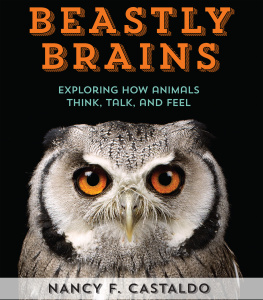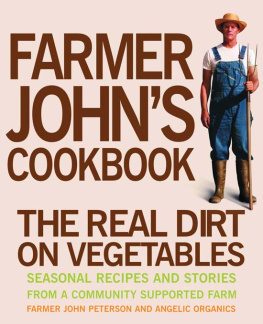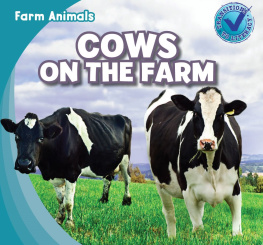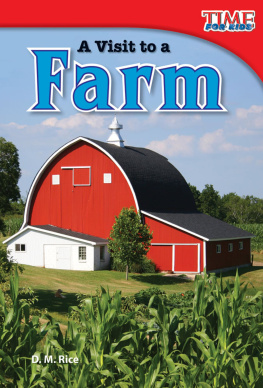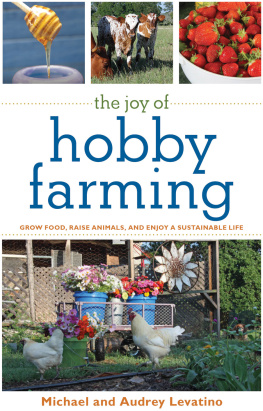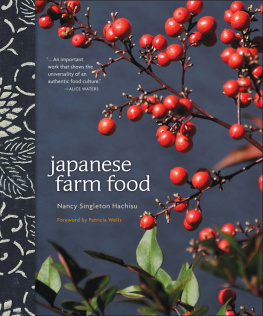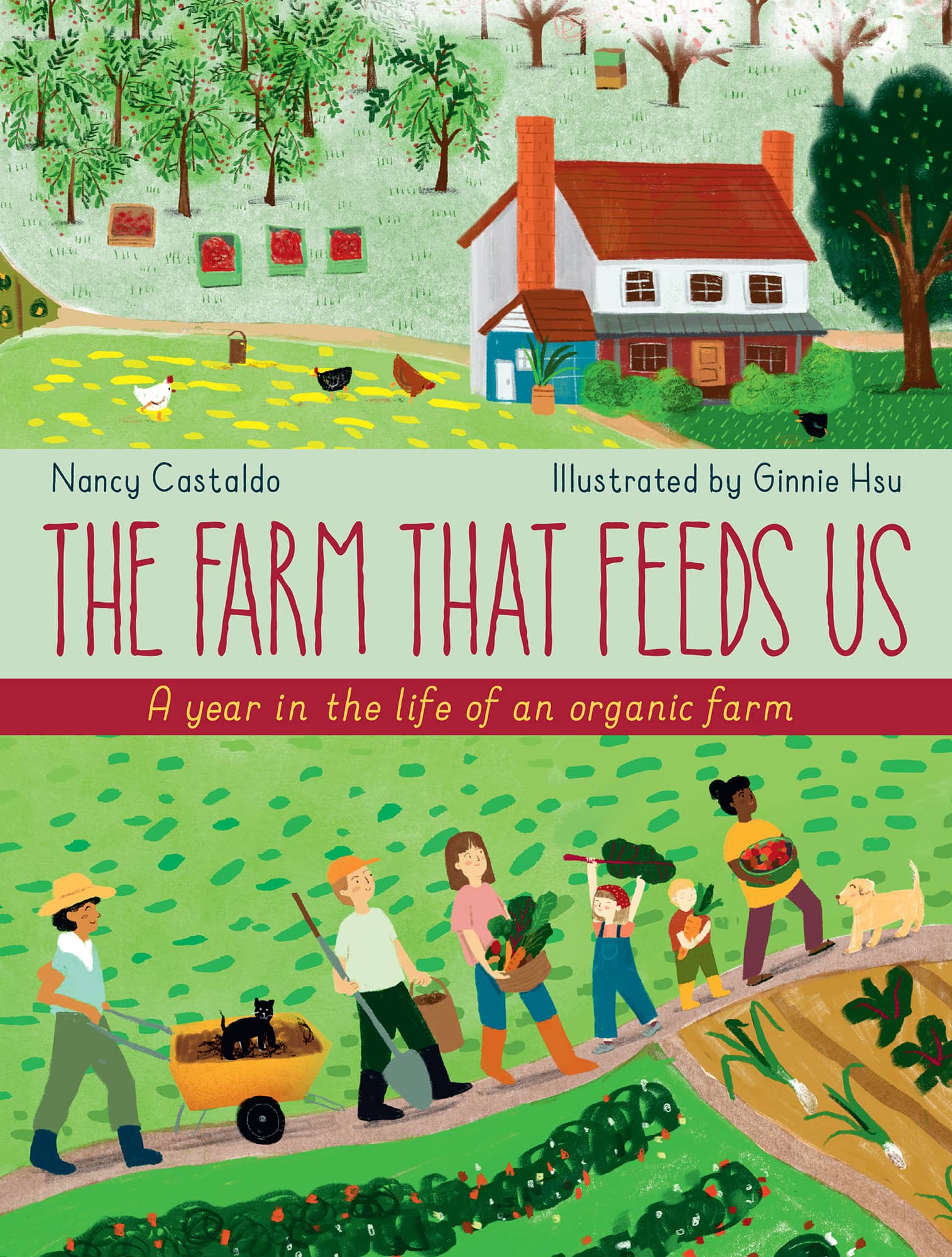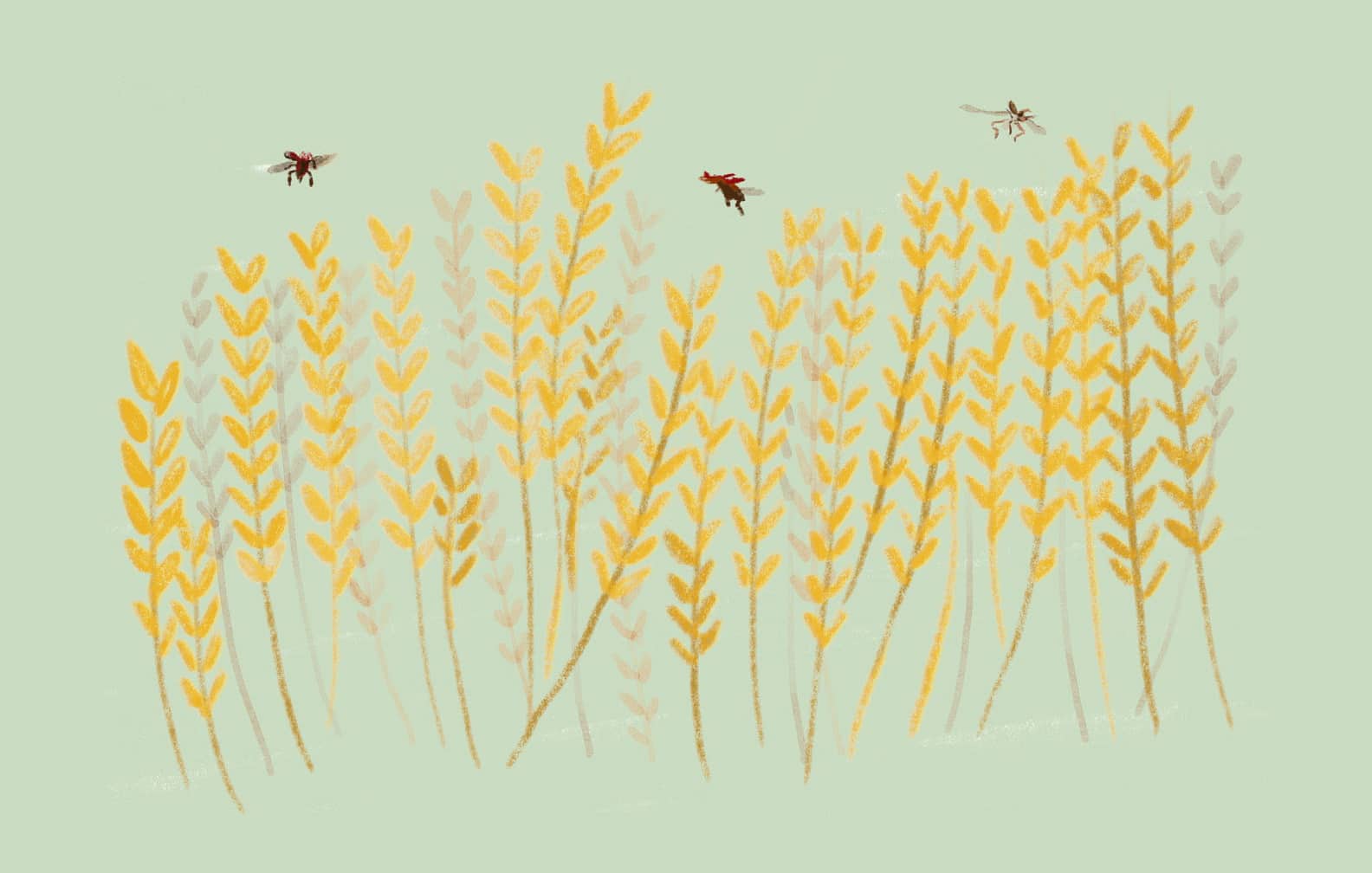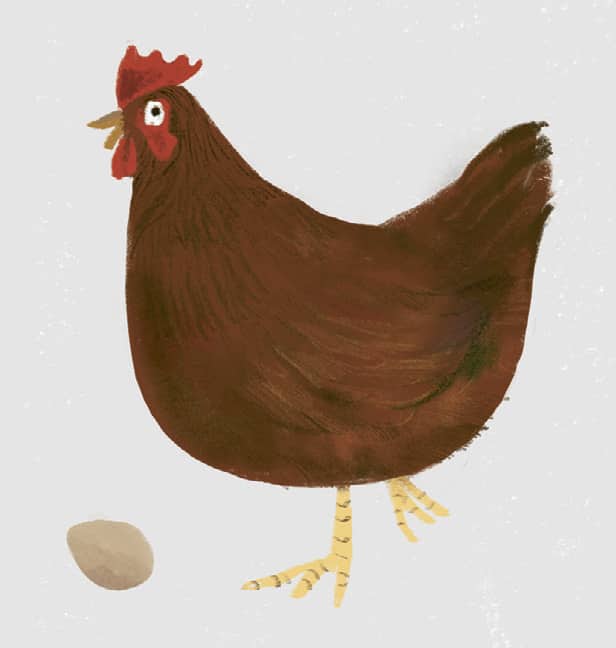Nancy Castaldo - The Farm That Feeds Us: A Year in the Life of an Organic Farm
Here you can read online Nancy Castaldo - The Farm That Feeds Us: A Year in the Life of an Organic Farm full text of the book (entire story) in english for free. Download pdf and epub, get meaning, cover and reviews about this ebook. year: 2020, publisher: words & pictures, genre: Children. Description of the work, (preface) as well as reviews are available. Best literature library LitArk.com created for fans of good reading and offers a wide selection of genres:
Romance novel
Science fiction
Adventure
Detective
Science
History
Home and family
Prose
Art
Politics
Computer
Non-fiction
Religion
Business
Children
Humor
Choose a favorite category and find really read worthwhile books. Enjoy immersion in the world of imagination, feel the emotions of the characters or learn something new for yourself, make an fascinating discovery.

- Book:The Farm That Feeds Us: A Year in the Life of an Organic Farm
- Author:
- Publisher:words & pictures
- Genre:
- Year:2020
- Rating:3 / 5
- Favourites:Add to favourites
- Your mark:
The Farm That Feeds Us: A Year in the Life of an Organic Farm: summary, description and annotation
We offer to read an annotation, description, summary or preface (depends on what the author of the book "The Farm That Feeds Us: A Year in the Life of an Organic Farm" wrote himself). If you haven't found the necessary information about the book — write in the comments, we will try to find it.
Where does our food come from? What role do farms play? Whats it like to be a farmer? In this charmingly illustrated book, follow a farm throughout the year to discover how the farmer grows fresh and tasty food for us to eat in a sustainable and natural way.
Explore the workings of a small-scale, organic family farm and experience the rhythm of farm life. In the spring, visit the chicken coop, till the fields and tour the farm machinery. When summer comes, plant corn, meet the pollinators and head to the county fair. In the fall, make pies and preserves, harvest pumpkins and put the fields to sleep. Winter activities include trimming and pruning the orchard, seed shopping and baking bread.
To conclude your year on the farm, learn what you can do to support the farmers who pick our carrots and raise the cows for our milk. A glossary defines key sustainable farming terms.
Through this colourful and intimate look at life on a small-scale farm, children will learn not only how the farm feeds us, but how the farmer must feed and care for the farm.
Nancy Castaldo: author's other books
Who wrote The Farm That Feeds Us: A Year in the Life of an Organic Farm? Find out the surname, the name of the author of the book and a list of all author's works by series.

